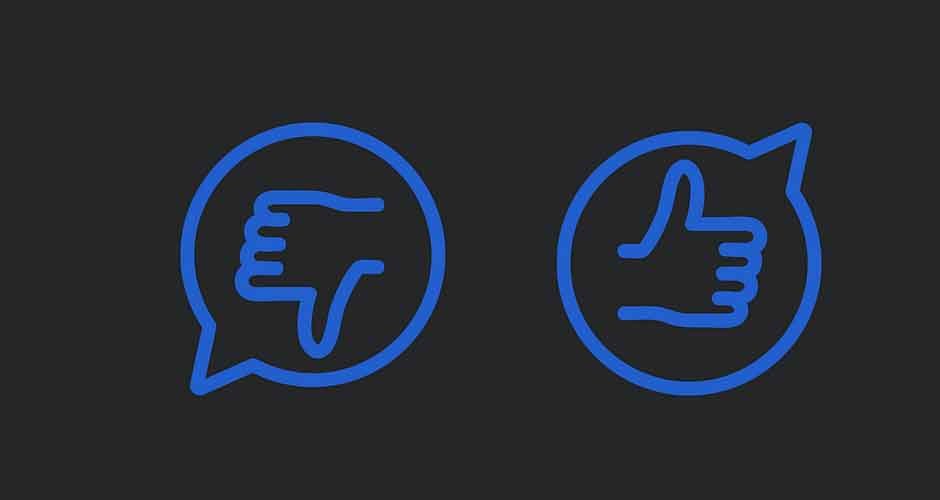Data is the lifeblood of today’s businesses. The more data an organization collects, the better it can make decisions, improve its operations, and expand its customer base. Studies reveal that data-driven firms are 23 times more likely to draw customers and 19 times more likely to generate revenue than those not relying on data.
Given the necessity to acquire online data, an increasing number of companies now rely on data extraction techniques. One common method is web scraping – it is a process of gathering and organizing data from digital sources for processing and analysis.
Organizations use specialized tools, like scrapers, to collect public data to carry out market research, search engine optimization, price monitoring, and so much more. This helps brands make game-changing decisions and stay ahead of their competitors.
In this post, we’ll cover web scrapers and their uses, along with highlighting the pros and cons of in-house and ready-made scrapers to help you understand why it is better to opt for third-party solutions.
Web Scraper: What Is It & Its Uses
Web scraper is a scraping tool used to crawl online sources and extract content and data for a range of purposes. It establishes a data pipeline between the website and the user requesting to target content. Basically, it links the data collection application designed to the websites you need to scrape.
With a simple API call, it can rotate proxies, render JavaScript, and get around geo-blocks and CAPTCHAs. Users can retrieve public information from databases, websites, and applications and transform it into a structured format for further analysis using the web scraper API.
Some scraping tools are general scrapers that can be tailored to collect data from various platforms, while others are designed with certain platforms and use cases in mind.
Uses
Web scraping is a common technique for both businesses and individuals to understand market trends and user behavior. Here are some of the major uses of a web scraper API:
- Scraping software can be used to scrape product data, like price, images, description, reviews, and ratings, from various online marketplaces.
- It is used to retrieve contact information about potential customers or clients and generate leads.
- These APIs can collect data from multiple online sources and upload them to a database or spreadsheet to make data analysis or visualization easier.
- Scrapers help brands gather information about their competitors, including marketing plans, pricing, and product offerings, and make informed decisions about their own products/services.
- Scraping solutions improve search engine optimization (SEO) by gathering data on keywords and search trends.
- Businesses operating in different industries, like E-commerce, finance, and healthcare, also use scrapers to collect data on customer behavior and industry trends or track social media activities.
Building a Web Scraper
Building a web scraper is a preferred choice of many scraping experts due to the range of benefits it offers. However, this option has a few downsides as well.
Pros
- It offers full completion of the process to allow customization of the scraping tool to suit your requirements.
- Those who lack coding expertise can see building an in-house scraper as a good learning opportunity.
- Creating your own web scraper can save considerable cost, especially if there is a limited need for a scraping solution.
- In-house development teams can come up with faster resolution of errors.
Cons
- Setup maintenance can be demanding since it necessitates proficiency in programming and information about structural changes to the websites getting scraped.
- Costs for proxy servers, maintenance, and hiring professionals make DIY scrapers quite pricey.
- Chances of legal risks are there in case the in-house team doesn’t have enough experience.
Buying a Web Scraper
Another popular choice among experts is to buy a third-party web scraper to perform scraping activities while saving time and money. But, just like custom-built scraping tools, these scrapers also have some drawbacks.
Pros
- Ready-made web scrapers shorten the learning curve for those with limited coding experience.
- These scraping tools provide support documentation and other resources.
- Time-saving is another benefit of buying scrapers from third-party providers. No need to care for the maintenance saves significant time.
Cons
- Third-party scrapers can be costly for frequent use or a copious amount of data.
- These tools require raising a support ticket and waiting for some time for the resolution of issues, making them less reliable.
- Already-built scrapers offer limited customization and flexibility.
Final Verdict
All in all, web scraper API is commonly used by companies and individuals alike to sift online sources for various reasons, including market research, lead generation, brand monitoring, price intelligence, competitive analysis, and sentiment analysis.
Scraping online content and data can be done using two methods: building and maintaining an in-house scraper or purchasing one from third-party vendors. While making your own scraping tool gives you complete flexibility and control, outsourcing a ready-made scraper can be a better choice due to a shorter learning curve and no maintenance concerns.


